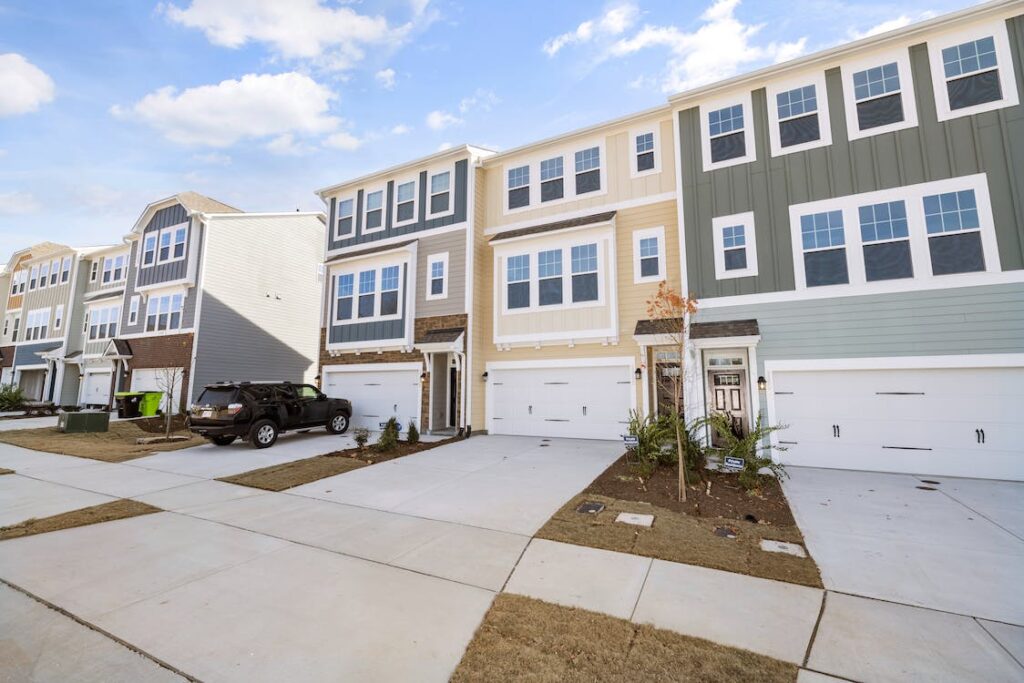New York Housing Initiative Takes on Rural Housing Challenges
Rural organizations in New York State are joining forces to address the pressing issues surrounding rural housing. Many rural counties across the state are grappling with aging housing stock and a dwindling supply of available homes, making it increasingly challenging for residents to find suitable housing options.
A 2021 report from the New York State Comptroller revealed that 10 rural counties in the state had 5,500 fewer housing units in 2021 compared to 2016. This alarming trend highlights the urgent need for solutions to combat the housing crisis in rural areas.
Megan Murphy, the executive director of Adirondack Roots, a rural housing organization, emphasized the far-reaching impact of rural housing problems, particularly in counties like Essex. She pointed out that Essex County is struggling with unfilled job positions because potential employees are unable to find suitable housing options. This issue extends across various sectors, including healthcare institutions, nonprofit organizations, and more.
Addressing these housing challenges necessitates the creation of new rental units and affordable housing projects in rural areas. However, Murphy acknowledged that the specific problems faced by rural counties can vary significantly. In Essex County, for instance, there is a need for increased funding to support Adirondack Roots’ existing home rehabilitation initiatives, as well as enhancements to New York State’s mobile home replacement program.
While the state has invested in rural areas by initiating several new rental developments in 2023, Murphy highlighted the financial barriers that potential renters face. Low wages and high living costs often make it difficult for individuals to afford housing, even when new projects are introduced.
When it comes to constructing new homes, Murphy emphasized the importance of finding ways to reduce building costs or providing subsidies to help individuals access new housing options. Additionally, the focus should extend to the maintenance of existing homes to ensure they remain safe and habitable.
While there may not be a single solution to address the complex challenges of rural housing, Murphy stressed the need for an interconnected and holistic approach. Collaborative efforts among organizations, government agencies, and communities will be essential to effectively tackle the multifaceted issues surrounding rural housing in New York State.






